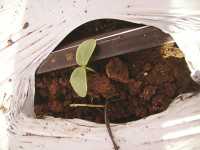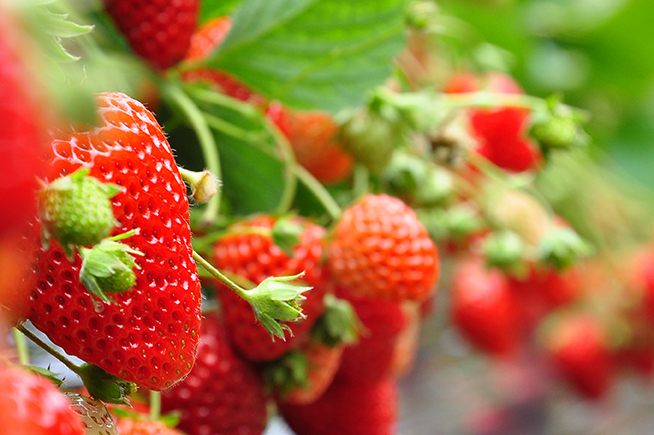Cucumber Planting Techniques

Growers have a couple of options when planting cucumbers — direct seeding and transplanting. Knowing which method is best depends on temperature and levels of humidity in a particular growing region. A climate that is too warm or too cold could mean the difference between crop losses and high yields.
When To Direct Seed
Direct seeding is suitable in areas where there is no risk of frost and the outside temperatures are warm enough to allow seedlings to adapt evenly and develop uniformly. In general, cucumbers need very warm soil to germinate. Growers need to ensure, however, that the seed is not planted too deep or, on the other end of the spectrum, not far enough into the ground. Seeds planted too deep may not germinate. If they are planted less than a centimeter into the soil, the seed may be exposed.
After seeding, check the efficiency of the drip irrigation line. Seed survival depends on how well the drip system wets the planted area.
Transplanting Tips
Transplanting is suitable for regions where temperatures at the time of planting are not too intense. Extreme heat will hinder the development of the transplants. For example, when planting in areas that are too hot, exceeding 95°F with relative humidity below 50%, it is likely that plant death will exceed 20%.
If plastic mulch is to be used, be sure to create holes in the mulch that are 4 or 5 inches in diameter. If holes are smaller, the cucumber plants will be at risk for overheating, increasing mortality.
It almost goes without saying the importance of taking care of the seedling itself. Be sure not to squeeze the neck of the seedling when planting to avoid damage.
Remove the root ball completely, and, upon transplanting, do not enter it deeper than its original placement. Be sure that the area, or hole, designated for the removed root ball does not exceed the size of the ball itself so air and water do not accumulate and rot the roots.
Furthermore, it is important not to compact the walls of the hole at the time of replanting so as not to hinder root development. And, finally, it is important to irrigate at the end of the process to seal the transplant.
For information on avoiding deformed cukes, go to the next page.
Avoiding Deformed Cukes
Avoid Deformed Cukes
Several factors contribute to the bending or deformation of cucumbers. They include:
• Climate: For cold climates where the temperature drops below 50°F, the number of deformed cucumbers may increase. If the relative humidity is high at the drop point at sunrise, it may also create a magnifying effect that can distort the fruit.
• Mechanical: If the cucumber rests on a leaf or internode, chances are it will become deformed. Other causes of stress can occur when flowers press against the leaves or fruit.
• Nutrition: Another cause of deformities can be from too much or too little of one or more elements of nutrition. Growers must keep in mind the importance of maintaining a good nutritional balance.










